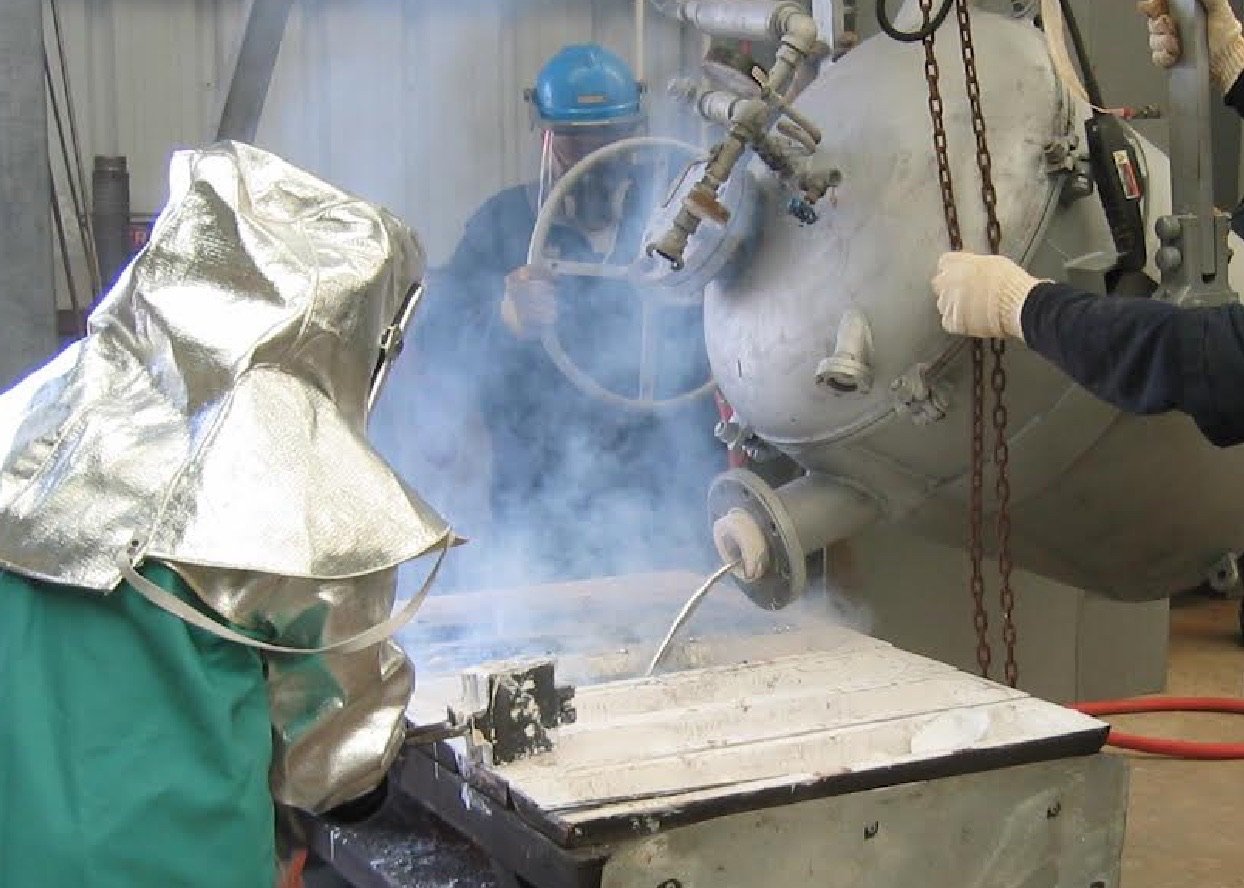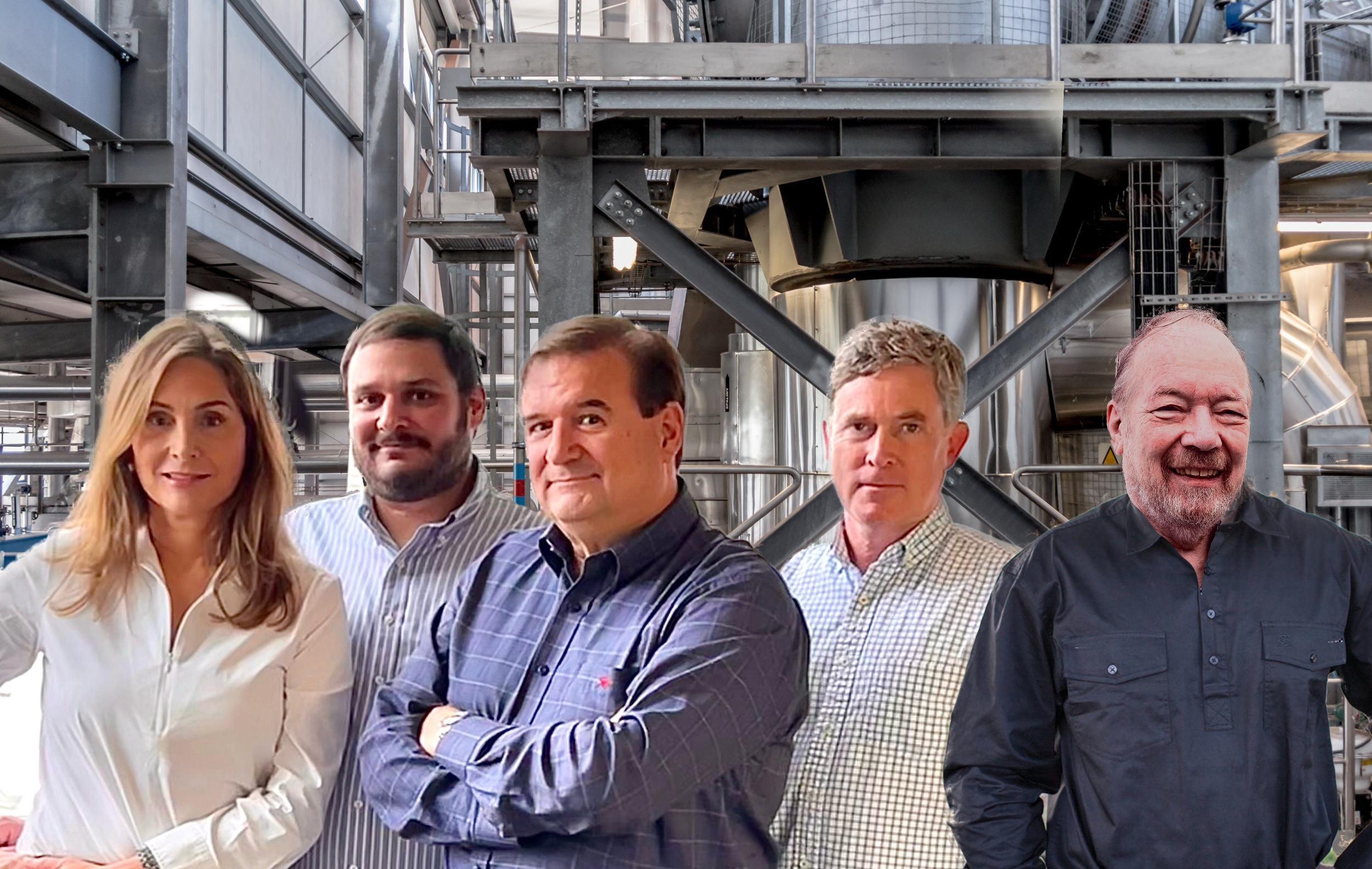
Revolutionizing the Future by Unlocking Earth’s Greatest Treasures
Aluminum Technologies Revolutionizes Primary Aluminum Production with Cost-Effective, U.S.-Sourced Raw Materials, Slashing Energy Use, Eliminating Greenhouse Gas Emissions and Toxic Pollution, and Unlocking Valuable Rare Earths

Aluminum allows mankind to soar, propelling mankind to new heights.
As a keystone of modern innovation, aluminum is set to drive the future with limitless possibilities.
-
Aluminum enables the lightweighting of vehicles to improve fuel economy, creates infinitely recyclable packaging, and is a key component for an energy-efficient future.
-
Aluminum is easily recyclable, requiring less energy which is critical to a circular economy and overall lower carbon footprint.
-
Aluminum is naturally resistant to rust and corrosion, has a high strength-to-weight ratio, is ductile at low temperatures, and is easily molded and shaped for various applications.
-
Aluminum is an excellent conductor of electricity used in power transmission lines and electrical grids. Aluminum will play a key role in efficient energy distribution.
-
Aluminum’s ability to conduct heat efficiently makes it Aluminum’s excellent heat conductivity makes it essential for heat exchangers, cooling systems, and electronics, thus supporting technological advancements.
-
Aluminum-air batteries are being developed as a potential high-energy-density storage solution, which could revolutionize energy storage for electric vehicles and renewable energy systems.

Aluminium: The Dark Cost of Progress
-
Along with CO2, primary aluminum production releases millions of tons of powerful perfluorocarbon GHG gases, sulfur dioxide, nitrous oxides, and volatile chemicals.
Refineries leave behind unimaginable amounts of caustic and toxic red mud waste that must be permanently maintained. Little has changed since 1887 because it still takes 4-5 tons of bauxite to produce 2 tons of alumina. The remaining waste forms permanent caustic toxic mud waste endangering local communitie.
-
Since 2000, nearly every newly built smelter in the world is powered by coal-fired electricity and located in countries with lax environmental standards.
Emerging nations with bauxite reserves want the added jobs from refining. The Bayer process needs to be eliminated once and for all.
-
Aluminum requires more than 900 TWh of electricity.
If primary aluminum were a country, it would be the world’s fifth-largest consumer.
Aluminum accounts for 7% of the energy used in China.
The future of aluminum needs to use less energy.
-
The facts are alarming. The primary aluminum industry emits a staggering 1.1 gigatons of greenhouse gases (GHG) in a single year, accounting for 3% of the world’s industrial emissions. More than steel or cement, a single ton of aluminum generates and average of over 16 tons of CO2 emissions globally. Scope 2 & 3 emissions contribute significantly since the process requires three distinct geographical locations for mining, refining and reduction. No amount of clean energy can resolve the nature of the beast.
The outdated process of aluminum production is a century-old nightmare, ranking as one of the most harmful and energy-intensive industrial activities on the planet.

Success Decades in the Making

Brilliant Chemical Engineering
We will save our future with our clean, practical, and energy-conserving process of producing primary aluminum metal and extracting critical minerals and rare earth elements.
The world no longer needs an antiquated, energy-intensive, and dirty process. The United States does not have the capacity to refine most critical minerals and rare earths. Even if there is a source in the United States, it must still be sent overseas to refine.
At Aluminum Technologies, we alone have figured out a modern & practical solution for primary aluminum —from mine to metal to last the next 100 years.

We have worked non-stop until we got it right: a simplified, cheaper process with zero emissions, zero toxic waste, and significant energy savings.
Caroline Reily, Co-Founder & CEO

No Green Premium Required
The CCR process has considerably lower operating and capital costs than the conventional method.
The process consumes one-third less energy, uses non-consumable anodes, and has fewer, smaller, more efficient reduction cells.
There is no anode manufacturing plant, and the footprint of our process - from mine to metal plant is a fraction the size of just a conventional smelter.
Eliminated
Refinery & Permanent Caustic, Toxic, Radio-Active Red Mud Waste
Mercury Emissions
Carbon Anodes
Perfluorocarbon Emissions

Demand Dexterity for the Electric Grid
Conventional aluminum smelters require enormous quantities of uninterrupted power and cannot adjust their loads. CCR’s unique design uses 1/3 less energy and can vary its load to help level the grid during over/under-production and intermittent power supply.

Resourceful
Instead of red mud, we get a valuable building material that will strengthen structural concrete columns, bridge decks, tunnels, and high-rise buildings for generations to come.
The same kind of pozzolanic material that helped make the Pantheon in Rome what is still the world’s largest unreinforced concrete dome nearly two thousand years ago is the solid byproduct of the CCR process.

CCR produces high purity aluminum metal with no direct GHG emissions while using one-third less electricity.
No Direct GHG Emissions

Reducing GHG Scope 3 Impacts
CCR technology’s inherent advantages of single-site production, widely available feedstocks, lower electricity consumption, lower operating costs, and lower capital costs make it feasible to build vertically integrated primary aluminum plants globally.
Instead of mining, refining, and smelting aluminum in separate far-flung locations distant from end markets, aluminum can be manufactured on a single site near both raw materials and the ultimate consumers.
Reducing the environmental impact and instability of the primary aluminum value chain is finally achievable.

The US was once a leader in primary aluminum production and research. Only AT can make the US a global leader again with 100% made-in-America aluminum.
Aluminum is designated a critical mineral by the Department of Energy & USGS and a strategic metal by the Department of Defense.













